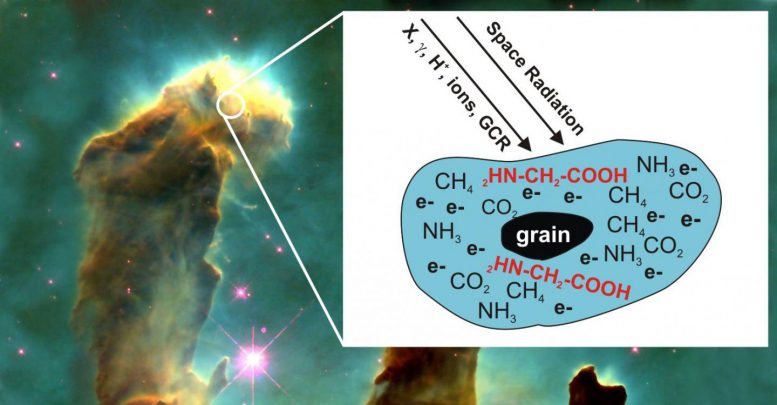
Low-energy electrons, created in matter by space radiation (e.g., galactic cosmic rays, GCR, etc.), can induce formation of glycine (2HN-CH2-COOH) in astrophysical molecular ices; here, icy grains of interstellar dust (or ices on planetary satellites) are simulated by ammonia, methane and carbon dioxide condensed at 20 K on Pt in UHV, and irradiated by 0-70 eV LEEs. NASA, Hubble, STScI. Star forming region (Pillars of Creation) in the Eagle Nebula
New research offers evidence that humans — and the rest of life on Earth — may have been able to form with the right combination of stardust and radiation.
In a laboratory experiment that mimics astrophysical conditions, with cryogenic temperatures in an ultrahigh vacuum, scientists used an electron gun to irradiate thin sheets of ice covered in basic molecules of methane, ammonia and carbon dioxide. These simple molecules are ingredients for the building blocks of life. The experiment tested how the combination of electrons and basic matter leads to more complex biomolecule forms — and perhaps eventually to life forms.
“You just need the right combination of ingredients,” author Michael Huels said. “These molecules can combine, they can chemically react, under the right conditions, to form larger molecules which then give rise to the bigger biomolecules we see in cells like components of proteins, RNA or DNA, or phospholipids.”
The right conditions, in space, include ionizing radiation. In space, molecules are exposed to UV rays and high-energy radiation including X-rays, gamma rays, stellar and solar wind particles, and cosmic rays. They are also exposed to low-energy electrons, or LEEs, produced as a secondary product of the collision between radiation and matter. The authors examined LEEs for a more nuanced understanding of how complex molecules might form.
In their paper, in the Journal of Chemical Physics, from AIP Publishing, the authors exposed multilayer ice composed of carbon dioxide, methane, and ammonia to LEEs and then used a type of mass spectrometry called temperature programmed desorption (TPD) to characterize the molecules created by LEEs.
In 2017, using a similar method, these researchers were able to create ethanol, a nonessential molecule, from only two ingredients: methane and oxygen. But these are simple molecules, not nearly as complex as the larger molecules that are the stuff of life. This new experiment has yielded a molecule that is more complex, and is essential for terrestrial life: glycine.
Glycine is an amino acid, made of hydrogen, carbon, nitrogen, and oxygen. Showing that LEEs can convert simple molecules into more complex forms illustrates how life’s building blocks could have formed in space and then arrived on Earth from material delivered via comet or meteorite impact.
In their experiment, for each 260 electrons of exposure, one molecule of glycine was formed. Seeking to know how realistic this rate of formation was in space, not just in the laboratory, the researchers extrapolated out to determine the probability that a carbon dioxide molecule would encounter both a methane molecule and ammonia molecule and how much radiation they, together, might encounter.
“You have to remember — in space, there is a lot of time,” Huels said. “The idea was to get a feel for the probability: Is this a realistic yield, or is this a quantity that is completely nuts, so low or so high that it doesn’t make sense? And we find that it is actually quite realistic for a rate of formation of glycine or similar biomolecules.”
Reference: “Glycine formation in CO2:CH4:NH3 ices induced by 0-70 eV electrons” by Sasan Esmaili, Andrew D. Bass, Pierre Cloutier, Léon Sanche and Michael A. Huels, 24 April 2018, Chemical Physics.
DOI: 10.1063/1.5021596

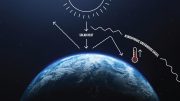
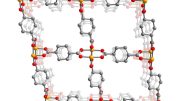

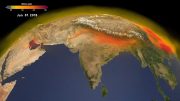
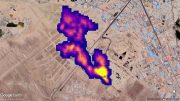
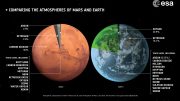
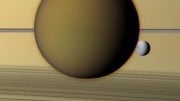
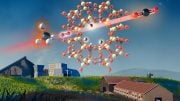
I notice that the word ‘search for life out there somewhere’ is a catch phrase here on this website.
Yes, it seems like us humans desperately want to believe that the universe is a really great ‘Star Trek’ place that’s literally teeming with life.
Many planets orbiting in the ‘Goldilocks Zone’ of other star systems. Though still not one shred of definitive spectrographic proof of any life, other than here on Earth, has ever been found.
The universe should be already filled with life or not. It’s either one way or the other.
So then, if the Universe is ‘teeming with life’, let’s discuss the FERMI paradox, shall we? Because it’s become quite the lucrative endeavor, for NASA to keep ‘$earching for life out there in the vast cosmos.
But then again, could this mystery called ‘LIFE’, which we take for granted here upon this ‘pale blue dot’, actually be extremely rare in the universe…as in nonexistent? And, that all ‘life’ must come from a previous life… which comes from an origin of all life…located where?.
And where does ‘consciousness’ fit into the equation? Because without it, what difference does any of it make?
Though, perhaps one may believe instead that ‘life’ just spontaneously erupts on a particular planet? Like on ‘Pandora’, in the movie ‘Avatar’, since it’s orbiting in the Goldilocks Zone of that star, where water becomes liquid? It just sort of starts to appear, and form itself out of the chaos of a molecular soup?
Or maybe that ‘spores’ have seeded the universe over billions of years stretch of time, and that one containing an Octopus, just so happened to ‘catch’ on this particular planet?
(Though, once again the FERMI Paradox rears its ugly head.)
Could it be more likely that the ‘star trek’ version of reality that we’ve been indoctrinated with since our youth, like a good religion, be just another type of media brainwashing?
And that being ‘alone’ in the universe, really isn’t such a bad thing after all?